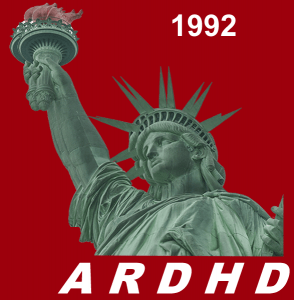28/07/06 (B360) Selon un dépêche IRIN (ONU), l’augmentation du prix des produits de première nécessité (+ 25 % pour le sucre en un an), des combustibles et de la vie, contraint les familles pauvres djiboutiennes à la malnutrition et au recours à des expédients. (feu de bois, …). Bref l’IRIN dépeint, preuves à l’appui, la dégradation dramatique de l’Economie, ce qui confirme toutes les informations que nous publions depuis des mois …. (Info lecteur, en anglais)
NAIROBI, 26 Jul 2006 (IRIN) – Increasing commodity prices are exacerbating the plight of the poor in the city of Djibouti, according to a monitoring group.
"For poor urban households, summer is a critical period of the year when their income is diminished and the cost of [living] typically peaks. Declining purchasing power is expected to contribute to low dietary intake and consequently higher malnutrition rates," the USAID-funded Famine Early Warning Systems Network (FEWS Net) said in its July report on Djibouti.
The price of sugar, an essential commodity for most urban poor households in Djibouti, was, for example, 25 percent higher than a year ago, according to FEWS Net. Poor households in urban areas were spending about 9 percent of total monthly income on sugar alone.
Another staple, kerosene, had seen its price continue to rise due to increasing oil prices in the international market, a trend that could also have led to higher transport costs and soaring food prices. Most urban residents in Djibouti depend on imported food, including rice, wheat flour, pasta and rice.
The high kerosene prices were forcing poor urban households to use firewood and charcoal as alternative sources of energy for cooking, raising fears of worsening environmental degradation.
Djibouti’s health ministry and the United Nations Children’s Fund had opened 10 supplementary feeding centres in Djibouti City to help counter rising malnutrition among children. Similar centres would be set up in other parts of the country, according to FEWS Net.
Pastoralists in all rural livelihood zones had entered a lean period and precarious food security, FEWS Net said. Food was being distributed among the affected communities in a bid to avert a crisis. The government had scaled up water trucking and sinking deep wells.
Browsing animals – goats and camels – were better suited to survive the drought than grazing animals, cattle and sheep, which were finding it hard to find pasture. Most cattle were concentrated in Lac Alool in the north and Hanle Plain in the south, where palm leaves were providing nourishment. But goat reproduction had declined, with reports from the field showing increased incidence of miscarriage due to insufficient feeding possibilities, said FEWS Net.
jn/mw
Source: IRIN, July 26, 206
